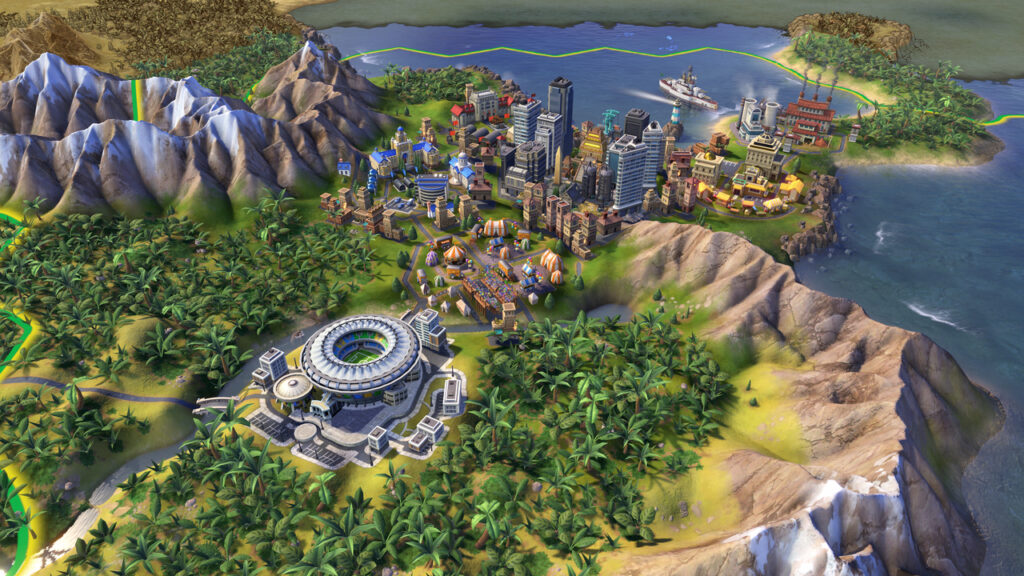What COVID-19 and the 2007 Writers Strike have in common
On November 5, 2007 the Writers Guild of America (WGA) began a national strike, which would ultimately last fourteen weeks, through February of 2008. During this period, dozens of productions had to be halted, and film studios and television networks found themselves scrambling to adapt, fill programming slots, and prevent major decreases in viewership and ad revenue.
Many of the same challenges have accompanied the COVID-19 pandemic and the attendant restrictions of social distancing, which have stalled the media industry’s creation of new content. If we look at the ways M&E weathered the impact of the WGA Strike, what parallels can we draw about the current moment?
A renaissance of unscripted television under the Writers Strike
When productions shut down for the 2007-2008 WGA Strike, audiences didn’t know what lay ahead for some of their favorite shows and most anticipated films. Still, through innovation and quick thinking, networks and production houses were able to provide a steady stream of engrossing programming, in large part through unscripted television.
According to a 2017 Buzzfeed article, “Just after the strike began, the head of Fox’s reality division told USA Today,’ ‘There’s a lot out there that everybody passed on [before] that are [sic] now being picked up.’ Some examples of…programming included ‘My Dad Is Better Than Your Dad’ (feats of strength and intellect, but the twist is, they’re dads!) and ‘Clash of the Choirs.’” These, along with shows that saw renewed viewership — such as “The Celebrity Apprentice — helped unscripted television carry the industry through.
The impact of this strategy is discussed to this day. Not only did the deluge of reality television help the genre ascend to its current cultural position, but — by creatively filling the gap left by the striking writers with programming that didn’t rely on them — broadcasters were able to keep audiences and advertisers satisfied.
What does this say about COVID-19?
So, how can that adaptable spirit help programmers struggling under COVID-19? Examining that previous upheaval and how the industry sustained itself throughout, we can ask: what are the current conditions and hurdles the industry faces, what elements remain active, and what changes can we make?
In a Forbes article published at the tail-end of March, Carolyn Finger, the senior vice president of Variety Business Intelligence was quoted as saying: “The COVID-19 virus could not have come at a more inopportune time in the program development calendar. With the exception of post-production, every element in the program development season is being impacted by the coronavirus.”
In 2007, when faced with a lack of writers, the industry survived on the back of unscripted television alongside previously-aired shows that were shuttled from cable stations to their broadcast partners. Now, as post-production remains one of the few sectors of M&E functioning smoothly, stations have been able to push content that’s easy to produce, and receives much of its energy from post-production elements.
With this approach, late night talk shows, Saturday Night Live, and more have creatively continued to air. Jimmy Fallon’s kids have become exuberant players on “The Tonight Show,” while “Daily Show” writers and correspondents record random elements of their quarantined days just in case they stumble on extra comedy for an episode. Without the luxury of the studio, the programs where post production has the most impact are the ones that find themselves thriving. Hosts’ families handle the camera, post-production houses handle graphics and effects, and the cycle is able to continue.
Adapting to the needs of the moment
When faced with crushing limitations, media organizations must look carefully at the tools that remain viable, and use those to adapt to their new circumstances. Where unscripted television helped fill the gap left by the WGA walkout, producers and broadcasters are currently finding ways to rescue programming blocks via post-production-heavy content, which are uniquely able to support remote working protocols.
M&E is an immensely dynamic industry, and its most successful enterprises have always proven themselves to be adaptable, flexible, and unafraid to think outside the box. Examples of disruption in the past — such as the 2007-2008 Writers Strike — offer a valuable handbook to how to approach moments of uncertainty: leverage what you have and keep searching for ways to make the most of it. Currently, post production offers a major lifeline to struggling programmers, proving once more that our industry’s ability to roll with the punches has the power to carry us through.


